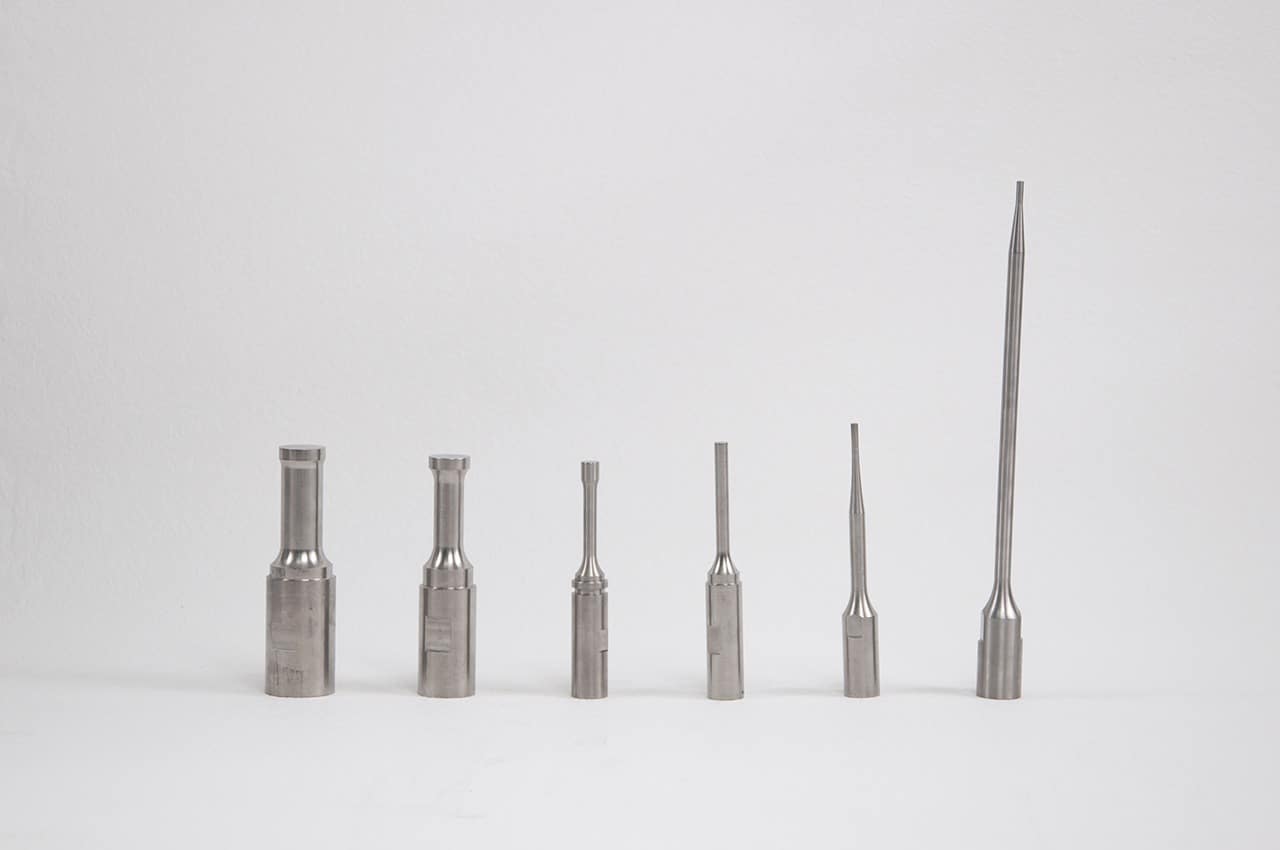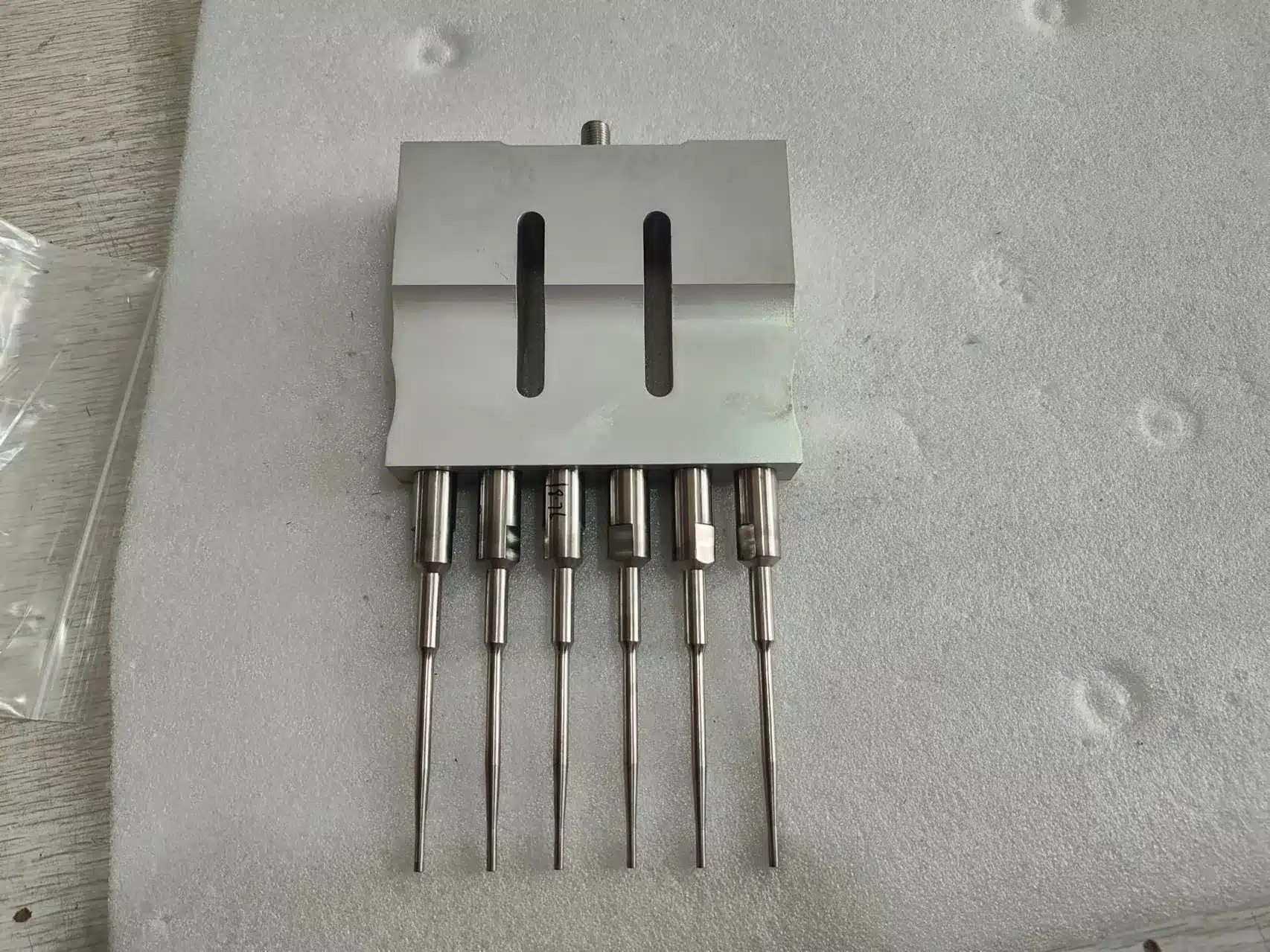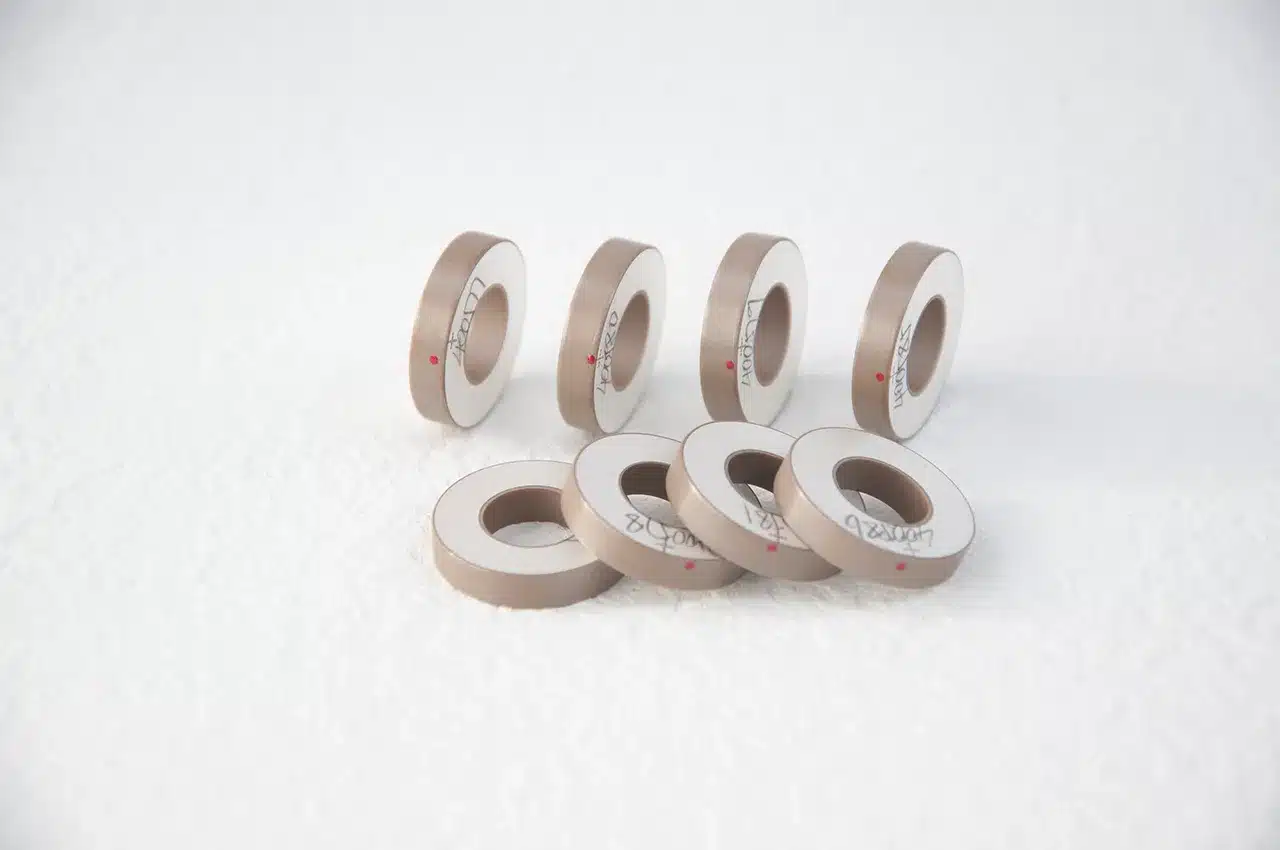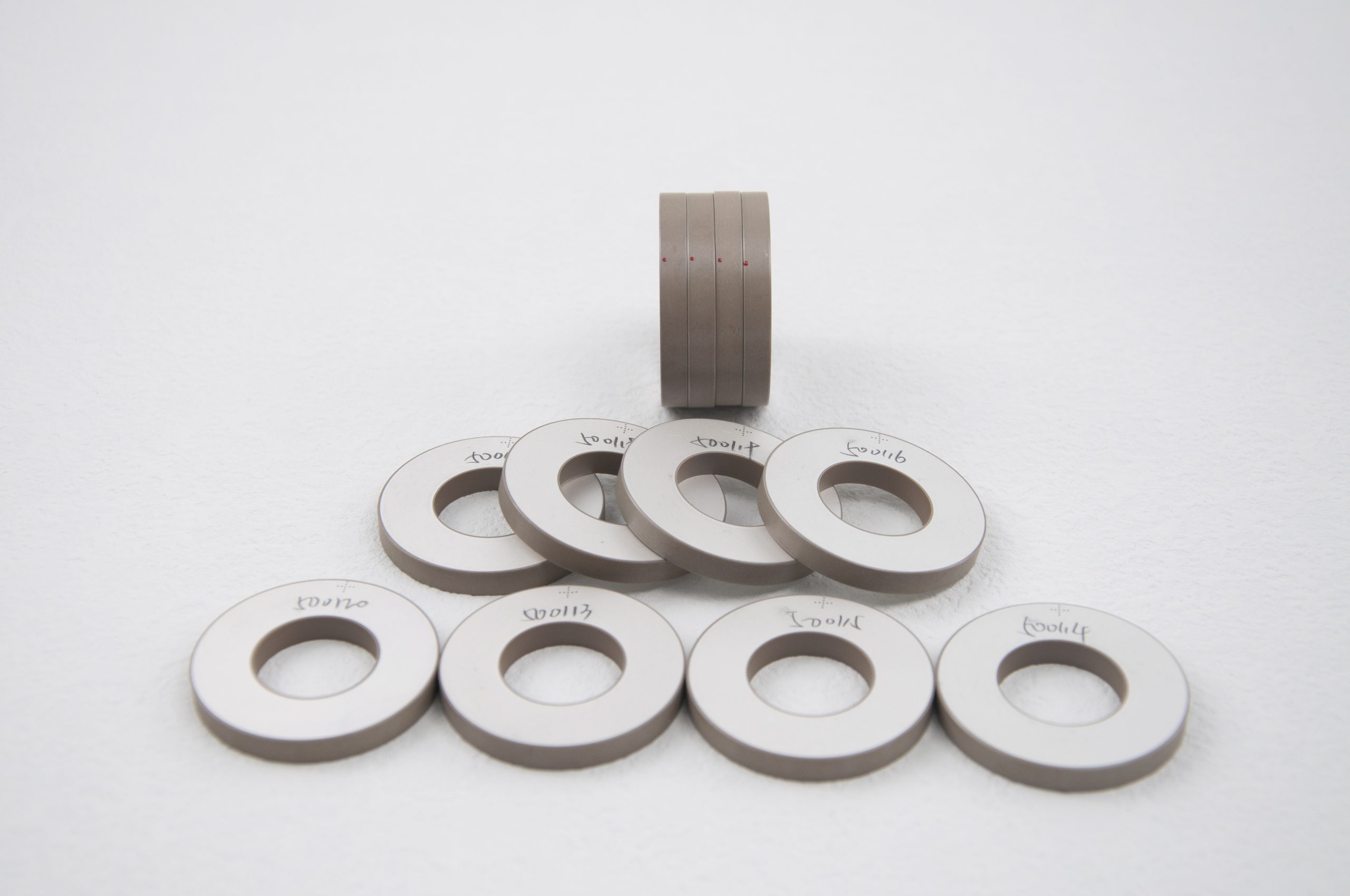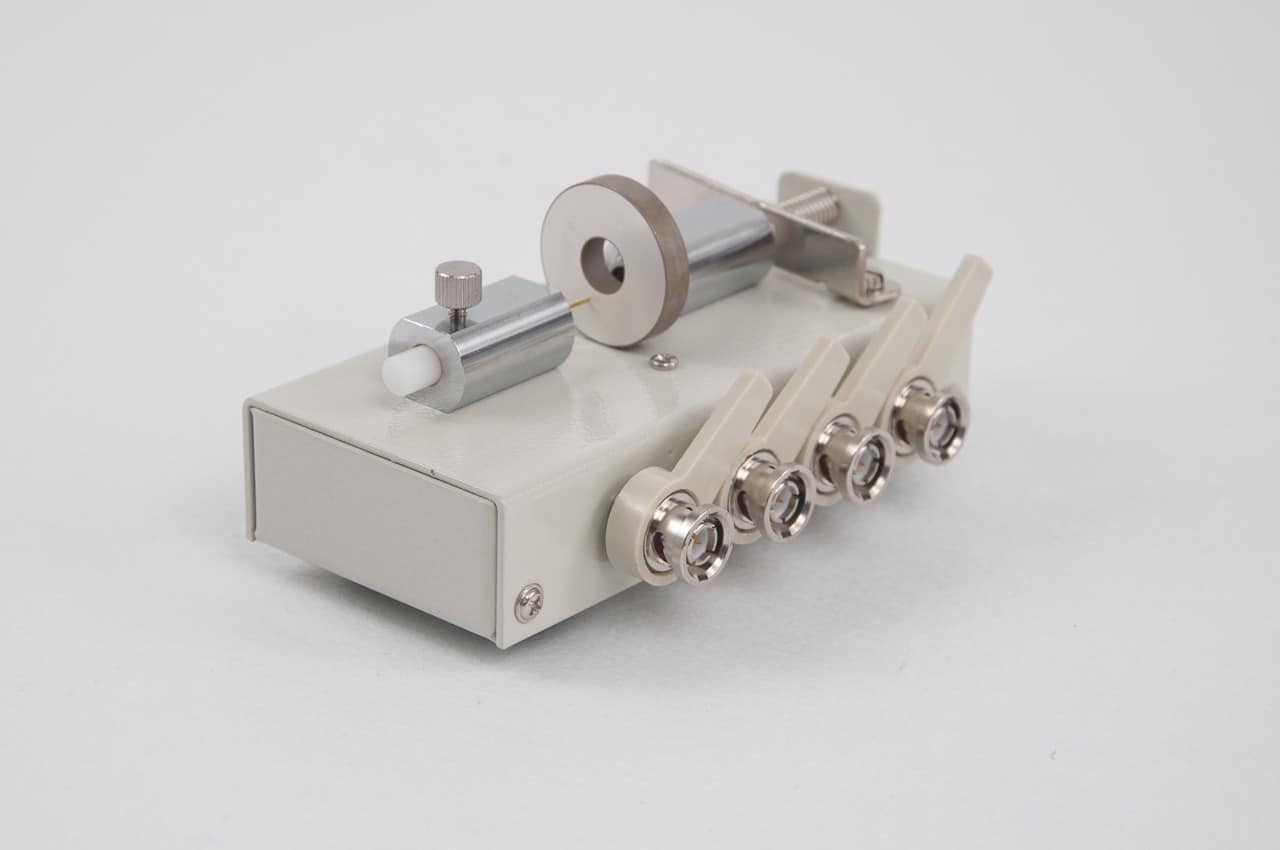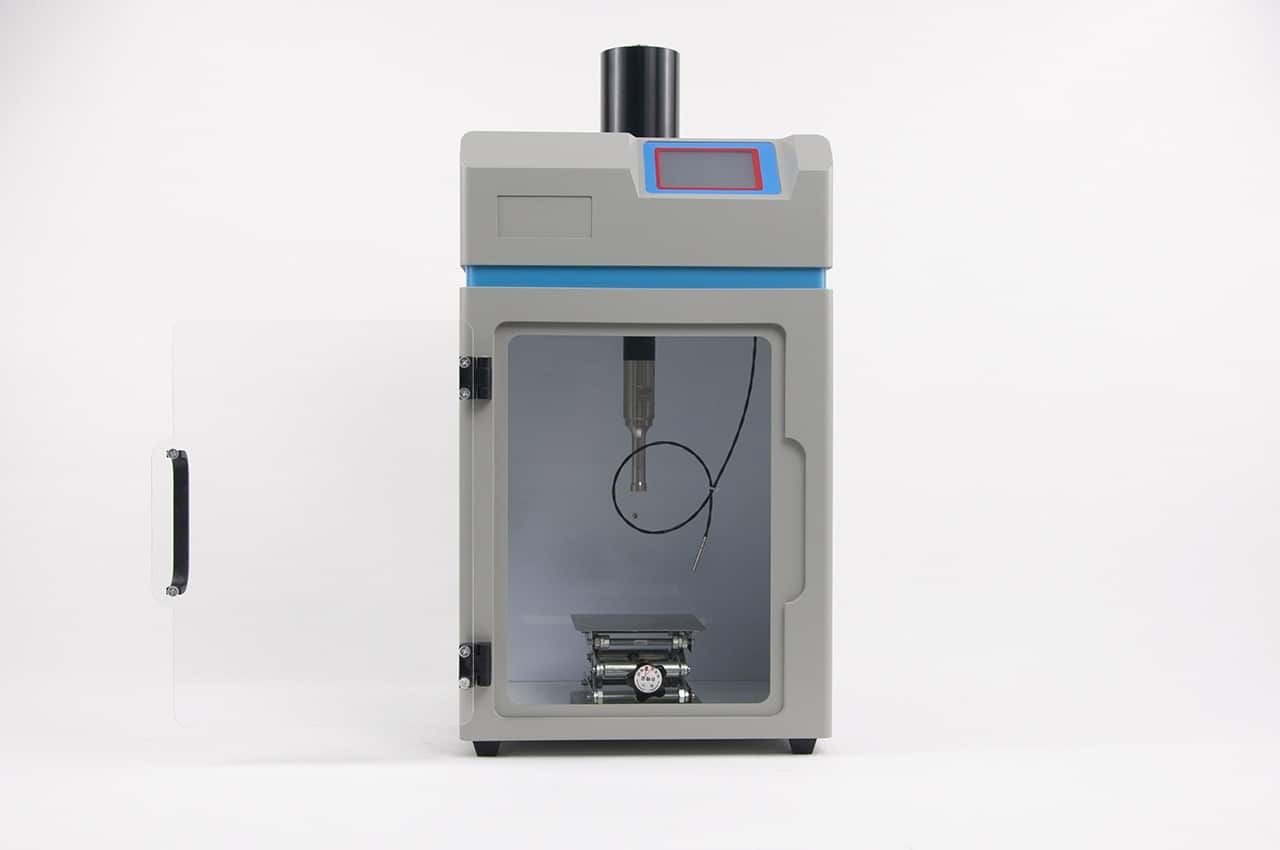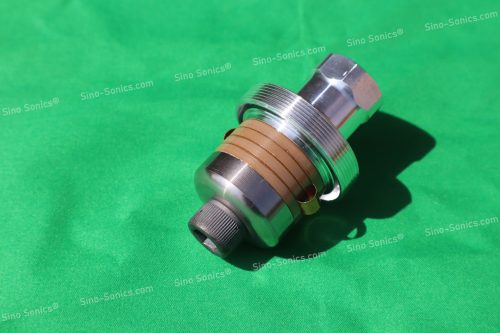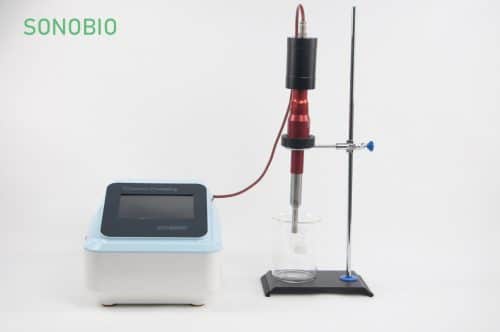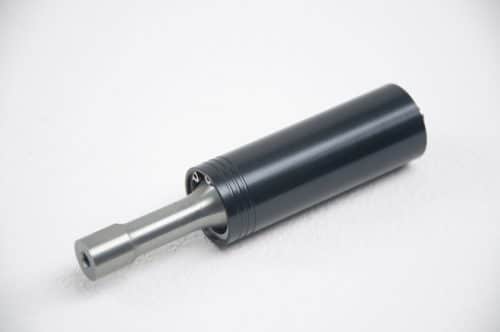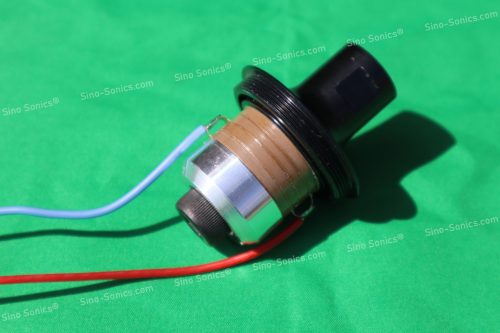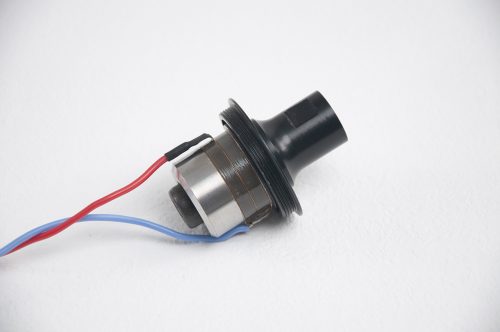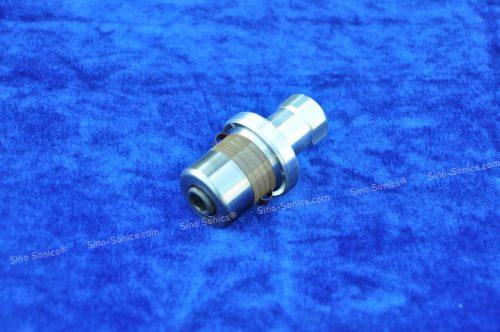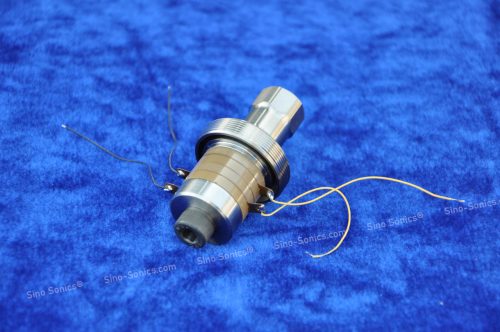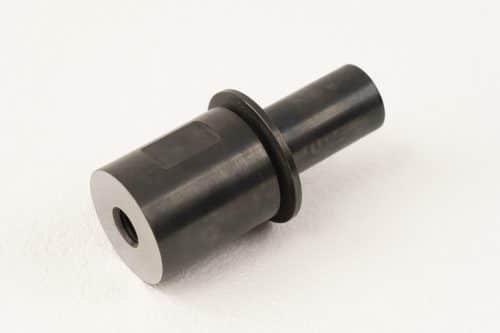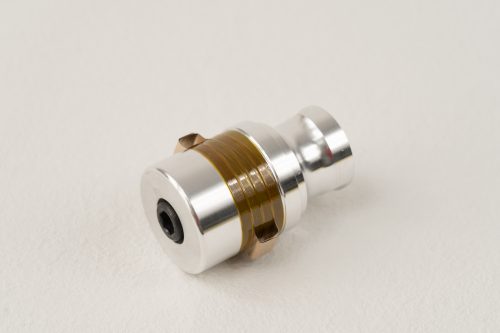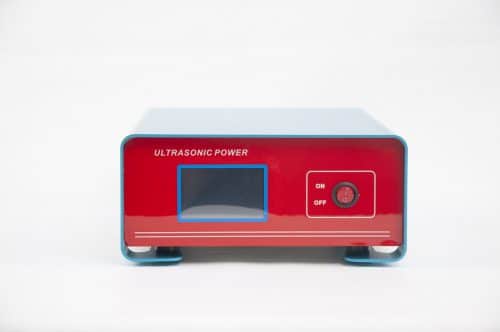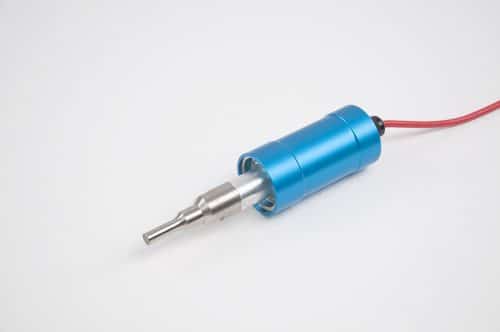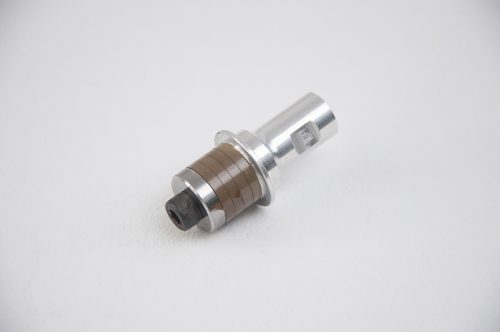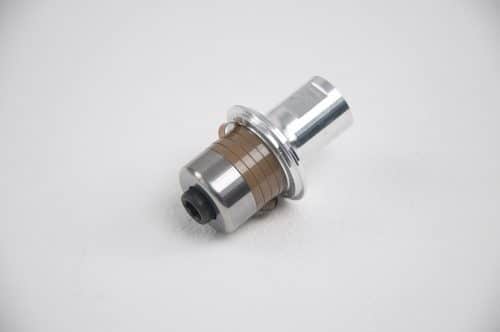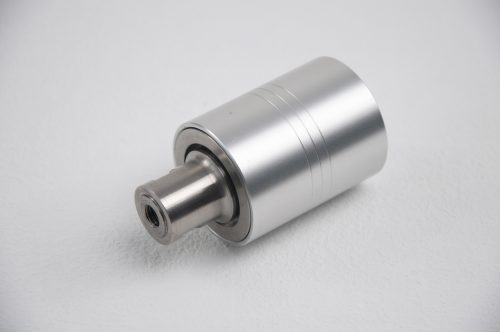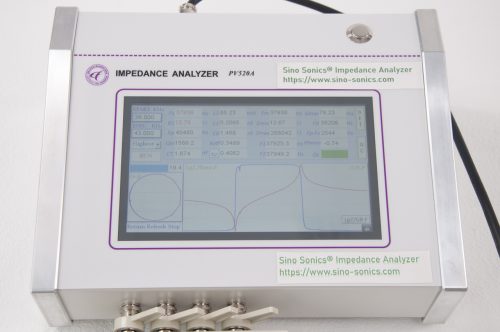Small amounts of a donor dopant added to a ceramic formulation create metal (cation) vacancies in the crystal structure, enhancing the effects of extrinsic factors on the piezoelectric properties of the ceramic. The products of such formulations – soft ceramics – are characterized by large electromechanical coupling factors, large piezoelectric constants, high permittivity, large dielectric constants, high dielectric losses, low mechanical quality factors, and poor linearity. Soft ceramics produce larger displacements and wider signal band widths, relative to hard ceramics, but they exhibit greater hysteresis, and are more susceptible to depolarization or other deterioration. Lower Curie points (generally below 300°C) dictate that soft ceramics be used at lower temperatures. Generally large values for permittivity and dielectric dissipation factor restrict or eliminate soft ceramics from applications requiring combinations of high frequency inputs and high electric fields. Consequently, soft ceramics are used primarily in sensing applications, rather than in power applications.
An acceptor dopant in a ceramic formulation creates oxygen (anion) vacancies in the crystal structure. Hard ceramics have characteristics generally opposite those of soft ceramics, including Curie points above 300°C, small piezoelectric charge constants, large electromechanical coupling factors, and large mechanical quality factors. They also are more difficult to polarize or depolarize. Although hard ceramics generally are more stable than soft ceramics, they cannot produce the same large displacements. Hard ceramics are compatible with high mechanical loads and high voltages.
Be aware, however, that a soft ceramic can be prepared to exhibit some characteristics approaching those of a hard ceramic, or vice versa. Thus, when choosing a ceramic for a particular application, it can be useful to look beyond general categorization, and carefully compare specific characteristics.
Characteristics of Soft Ceramics and Hard Ceramics Compared
| Characteristic | Soft Ceramic | Hard Ceramic |
|---|---|---|
| Piezoelectric Constants | larger | smaller |
| Permittivity | higher | lower |
| Dielectric Constants | larger | smaller |
| Dielectric Losses | higher | lower |
| Electromechanical Coupling Factors | larger | smaller |
| Electrical Resistance | very high | lower |
| Mechanical Quality Factors | low | high |
| Coercive Field | low | higher |
| Linearity | poor | better |
| Polarization / Depolarization | easier | more difficult |

